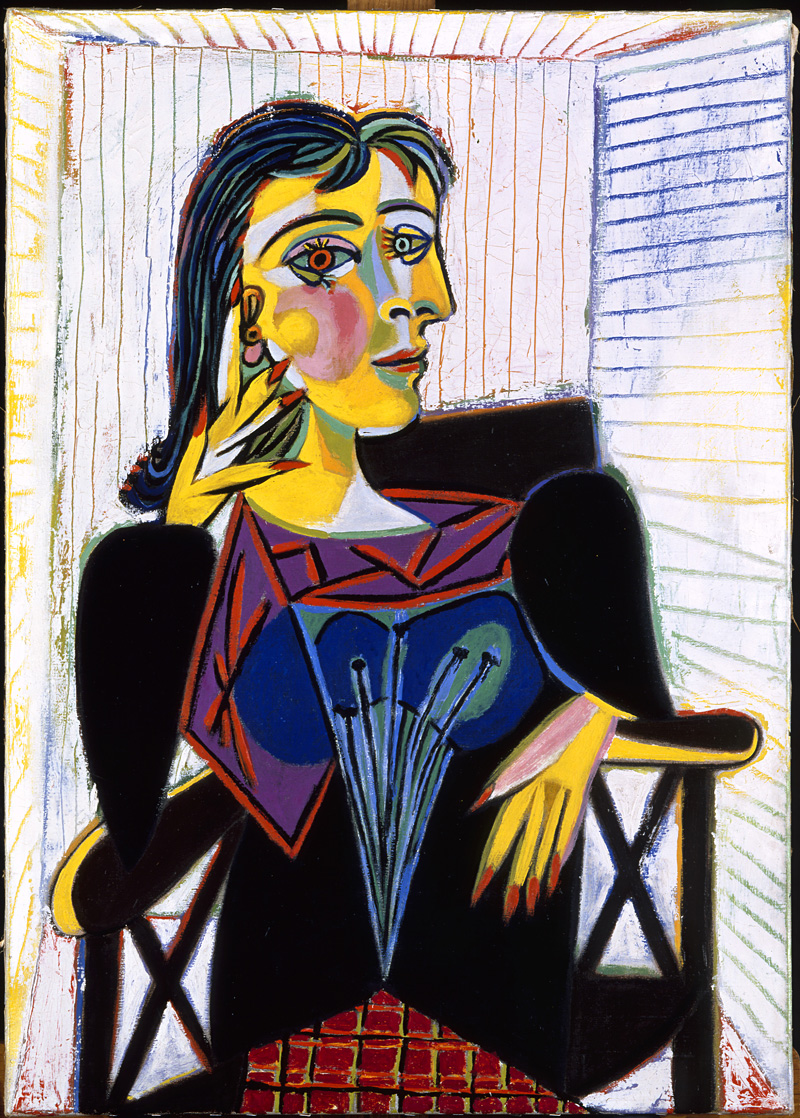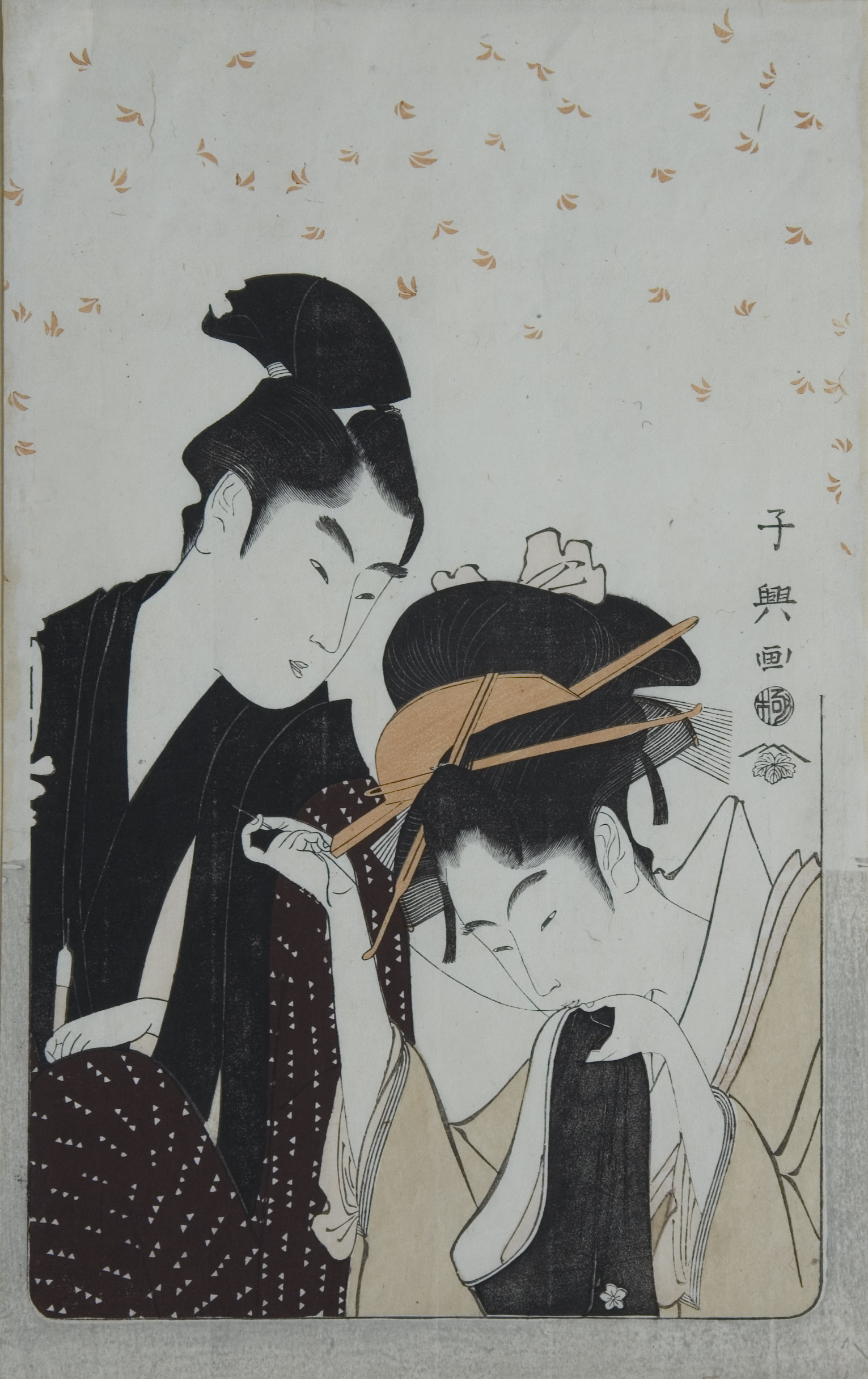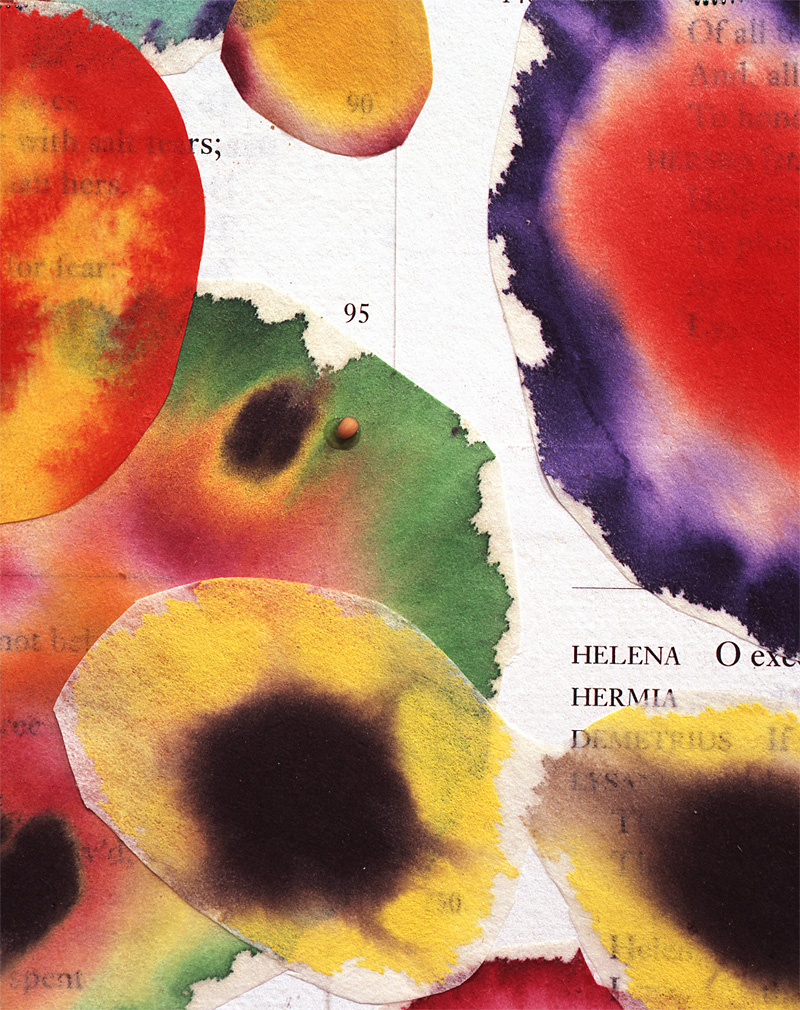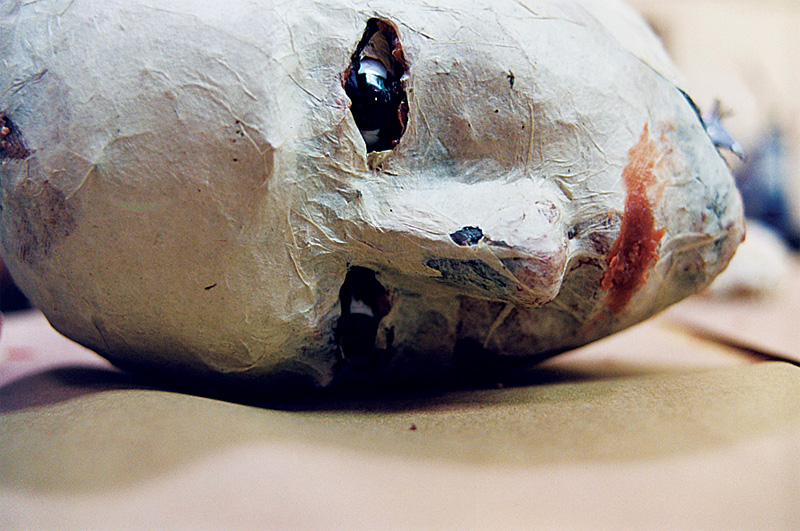When you walk into the Frye, giant letters running down the main hallway assault your eye: EMPIRE. It’s the title of the show curated by Frye dynamo Robin Held, a deliberate response to the micro-blockbuster traveling exhibit installed nearby, “Napoleon on the Nile.” The artifacts in “Napoleon” document the 1798 French attempt to colonize Egypt and catalogue (while stealing) its treasures. In “Empire,” Held asks: “How can you create art today without reaffirming colonial patterns of domination?”
You can’t, as the shows demonstrate. They’re all about how cultures, like artists, constantly devour each other and reconstitute themselves, conquering new turf by appropriating the territories they trespass into, trying to exert dominion but getting influenced themselves. And you have two more weeks to see the evidence. (Both shows come down Jan. 5.)
To a startling extent, Napoleon’s invasion was also an artistic undertaking. He took 132 heavy-caliber cannons to Egypt, but still more “savants” (artists and scientists) to create a massive publication, Description de l’Egypte. Nothing seems to have escaped their gaze, and an overwhelming profusion of what they recorded lines the Frye’s walls. In big, stunningly detailed engravings, elegant even by French standards, they capture a sand-drowned Sphinx and temple interiors, arachnids and astrolabes, bird mummies and Kufic coins, sunbathing crocodiles, Napoleon basking in temporary victory, the lost city of Roman Emperor Hadrian, and the Rosetta stone that rescued the lost language of hieroglyphics. Historical value aside, these prints live up to their wall-text billing as “among the most beautiful botanical and zoological plates ever produced.” The creepy, arresting engravings of male and female mummy heads look like something out of L.A.’s Museum of Jurassic Technology.
France lost the war fast, but spent decades finishing the Description, saturating Europe with Egyptian aesthetic influences. Even England went for it: The Frye showcases charming, quintessentially British Wedgwood pottery celebrating Napoleon’s defeat in a crocodile-topped teapot resplendent with hieroglyphs and pharaoh-headed winged lions.
But empires can be as fragile as china—as Napoleon’s savants should’ve known from those Roman ruins in Egypt they sketched. In one of the unsettling videos in Held’s show, the Turner Prize–shortlisted, Bangladesh-born British artist Runa Islam films a woman toying with exquisite porcelain dishes, then shattering them in slow motion. Sic transit gloria mundi, motherfuckers!
The other videos Held presents are wildly diverse, unified by the way she sees them in the context of empires. Paul Pfeiffer’s Empire depicts a wasp nest’s construction, with almost all the wasps invisible—all you see is the impersonal imperial force. In Halil Altindere’s video, Kurds sing old songs surrounded by alien, modern Istanbul, resisting their oppression by lamenting their losses. In Janos Reverz and Norbert Szirmai’s documentary on murderous racist Hungarian soccer fans, a woman with fang-like teeth says, “I have only one problem with [Gypsies]. That they exist.”
“Empire”‘s most visually striking installation is Mauricio Dias and Walter Reidweg’s Funk Staden, six huge screens that surround and bombard you with layered imagery inspired by Hans Staden, the first European who wrote about Brazilian cannibals. On a smaller screen, a hand turns the pages of Staden’s 1557 bestseller True Story and Description of a Country of Wild, Naked, Grim, Man-eating People in the New World, America. Color video of seashores and modern Rio slum dwellers shimmer beautifully through the 1557 woodcuts depicting violent cannibalistic rituals. On the big screens, the slum dwellers smile and re-enact the woodcuts while dancing, partying, enjoying a barbecue.
Held says in the wall text that Dias and Reidweg’s “subjects are active collaborators, playing a vital role in the process [and] the resulting artwork.” But was their role really equal to the artists’? Was it their idea to re-enact cannibalism, set fire to the crotches of armless white dolls, and mime humping them? We don’t know. When Suzanne Lacey used American old ladies in her 1976 performance piece Inevitable Associations, they complained about how she made them look, so Lacey had to negotiate with them. Did the Rio slum partiers have similar power?
If not, then the artists are colonizing the subjects. I don’t necessarily object to that, if it’s true, but it casts the whole political idea into a new light. Maybe the influence of empire is not so simple. One of the Rio “cannibals” dyes her hair blonde; so does the Hungarian Gypsy hater. Even imperialists are part of a new blended blonde empire. The soccer fans alternate racist chants with a melody they may not know is “The Entertainer” by Scott Joplin, blender of African and European music. Nowadays, we’re all the cannibals, and the cannibalized.








